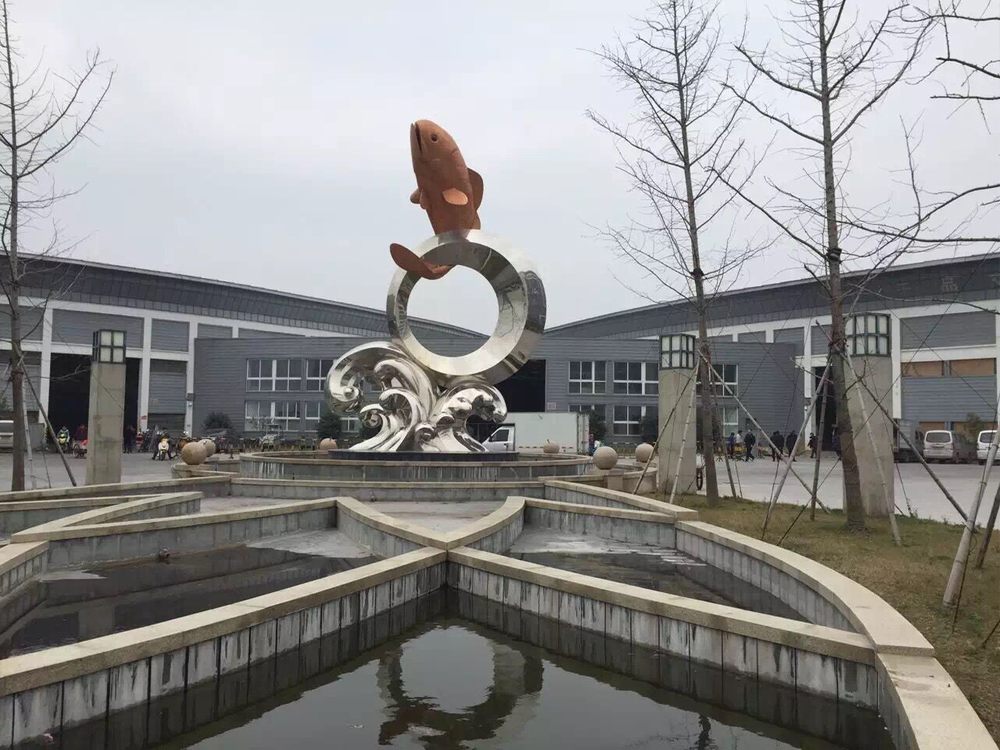
Creating the illusion of weightlessness in massive metal sculptures is a fascinating blend of engineering, artistry, and perceptual tricks. Artists achieve this effect through several key techniques.
First, strategic balance plays a crucial role. By carefully calculating the center of gravity and distributing weight asymmetrically, sculptors make heavy metal appear to float effortlessly. Thin, elongated supports or hidden anchors further enhance the illusion, as seen in works like Alexander Calder’s mobiles.
Second, dynamic forms and negative space trick the eye. Curved or spiraling shapes suggest movement, while gaps in the structure create a sense of airiness. The interplay of light and shadow on polished or textured surfaces also contributes to the ethereal quality.
Finally, scale and context matter. Placing sculptures in open spaces or against the sky amplifies the effect, making them seem detached from the ground. Artists like Richard Serra and Anish Kapoor masterfully use these principles to defy gravity visually, transforming rigid metal into seemingly weightless wonders.
Through these methods, artists challenge our perception, proving that even the heaviest materials can appear to float with the right creative vision.

